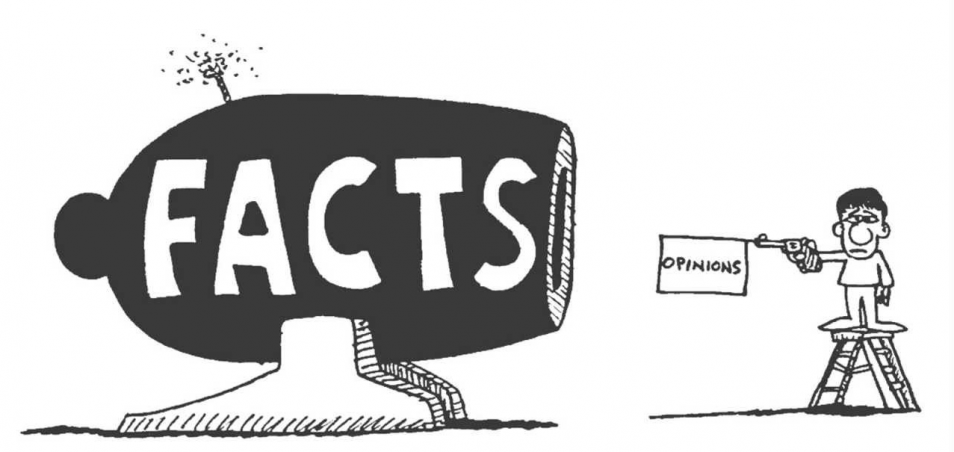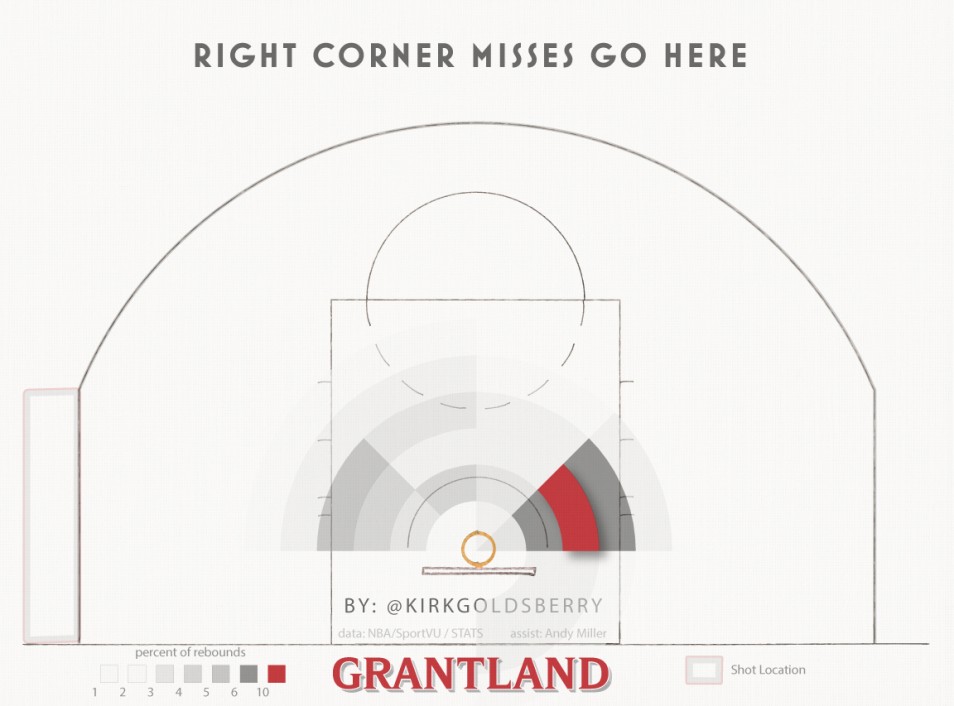Separating fact from opinion is one of the hardest challenges coaches face.

“Stay down in your stance… Don’t cross your feet when you slide… Hands up on defense… Don’t leave your feet when you pass… Call the screen… Come to a jump stop in the paint!”
These phrases all sound and feel right yet paint an incomplete picture.
Key Performance Indicators
What *really* impacts the outcome of a game? In many ways, this is the million – erm… billion! – dollar question (if you’re in pro sports). Everyone is trying to crack the code.
In various disciplines [insert: business, web analytics, sports performance analytics, etc], the term key performance indicator (KPI) is tossed around frequently. But, what is it? And, why should it matter to you?
Good ol’ Wikipedia tells us that Key Performance Indicators (KPIs) “are a type of performance measurement [or metric]” used to help determine progress toward a goal. [1]
I like how Avinash Kauvish cleans it up — less jargon, more English:
“[KPIs are] measures that help you understand how you are doing against your objectives … Their entire purpose in life is to highlight success, or failures, for the objectives you have created.”[2]
In basketball, KPI’s are measures—that impact the “Four Factors“(i.e. scoring the ball, controlling the ball, rebounding the ball, and free throws).
Yet, wait… there’s more. Yoda Master MacKay has gone deeper.
I < PI
“I” (Indicators)
These are hunches or a ‘gut feel’ about an action that might be causing a problem or creating a desired outcome.
Richard Allen (Connected Coaches) writes:
“Too often, performances are based on what I call ‘faction’. These are ideas that we think are facts, based on our beliefs, experiences and influences without any real substance or evidence.”
There are two types: quantitative indicators (things that can be presented with a number) and qualitative indicators (things that can’t be presented as a number).
Some things are difficult to measure. For instance, it’s common to hear coaches – in basketball – require their players to repeat verbals three times (e.g. “Ball, Ball, Ball!” or “Dead. Dead. Dead!”). Yet, how does one measure the effectiveness of this type of communication? Does it really have an impact?
I’m not sure. I’ve got an opinion about it; however, at the end of the day, it’s only just an opinion—until it’s measured.
Here’s the Golden State Warriors philosophy, as shared by (then assistant coach) Luke Walton: “When we have a hunch, we get the numbers to validate what we’re thinking.”
“PI” (Performance Indicators)
PI’s are trackable indicators (or actions that have been quantified). They have a significant* impact on a performance outcome. PI’s are more than a hunch. There’s a measured connection to improvement.
The best way to unpack this and bring it to life is with an example…
Indicators of turnovers. By tracking we turn them into performance indicators. pic.twitter.com/e5qIzBXx15
— Michael MacKay (@MackaymjMichael) March 31, 2016
The same way of thinking can be applied to rebounding…
- Indicator = As the shot goes up, getting your hands above your shoulders (to shorten the distance/speed to the ball coming off the rim).
- Performance Indicators (PI) =
- (A) Blocking out (or ‘boxing out‘) by putting a body on an opposing player who is competing for the rebound.
- (B) Getting rebounders into the long spot (space opposite the side of the shooter), short spot (space on the same side as the shooter), and “clean up” spot (space at the front of the rim). Rebounding analytics and tracking systems have mapped out where rebounds go (and, interactive graphic of how rebounds work). There’s a “micro-geography” to rebounding. And, that data now proves that getting bodies into the correct rebounding location, not only increases the probability of getting a rebound, it impacts rebounding efficiency.

- Key Performance Indicators (KPI) = Rebound percentage (efficiency)
What Gets Measured Gets Improved.
Ultimately, the goal is to be efficient in the process of planning, coaching, teaching, correcting, scouting etc. In order to do so, we’ve got to be able to evaluate and prioritize all the potential inputs that impact winning.
Not all things are equal. Once you know what has the greatest impact on winning (at your level), you can begin to create benchmarks for improvement in the most impactful areas.
As shared with me, as coaches, we spend too much time on indicators rather than the performance indicators . (This is especially true in today’s age of professional skills trainers, individual training sessions, and private one-on-one lessons…!)
When we lose track of what’s important in our rush to keep track of what’s measurable, we fail … When you measure the wrong thing, you get the wrong thing. Perhaps you can be precise in your measurement, but precision is not significance.
Seth Godin
MacKay’s (re-)positioning has been an *big* eye opener for me. It helps separate facts from opinions. And, with that, I’m now challenged to first figure out the PI’s from the I’s.
I don’t have all the answers. But you can be sure I’ll be asking the questions—and, tracking it. You?
Invest your time in what counts.
—sef.
The more an idea is tied to your identity, the more you will ignore evidence it is false. To continue to grow and learn, you must be willing to update, expand, and edit your identity. https://t.co/B5XtSCxNHn
— James Clear (@JamesClear) April 18, 2018